Roofs serve as an essential element of every building. It is the highest part of the building and acts as protection from unforeseen and unfavourable circumstances. Apart from its aesthetic value, it is a great benefactor as it mitigates the effects of extreme weather conditions. A roof can be compared to the canopy in the forest during scorching heat. It acts as a shield to protect your house and brings a sense of peace and calmness to your mind. Consumers have a wide range of roofing types to choose from, and each category has its own merits. The right type must be chosen after considering several factors. With the advent of the latest technology, good-quality roofing has become all the more important, and individuals are willing to pay an extravagant price to ensure the protection and increase the beauty of their homes.
Post your Requirement
It is quite evident that roofing is more than just a good covering for a building; it has several other important aspects that must be considered.
The Multifunctional Roof: Importance Of A Good Roof
Let us now understand how a roof acts as an umbrella and serves as a crucial element of a building.
- Providing structural support: Roofs act as a binding element for the entire room. Robust and structurally built roofs act as a support to keep different aspects of a room together. A well-maintained structure can withstand extreme weather conditions or even the tremors of earthquakes in earthquake-prone areas. Not only does it provide stability to the structure, but it also distributes the weight of the entire building evenly.
- Protection for your family and other elements: Roofs perform the very important function of protecting all the elements inside a house and giving shelter to the residents living inside. It acts as a saviour in extreme conditions. Roofs regulate the temperature of the room. The roofing material prevents water from seeping inside the house, thus saving it from damage. Roofs also protect the humans living inside from the harmful UV radiation of the sun, which can weaken their eyesight and even cause skin cancer.
- Longevity and durability: Long-term, a one-time investment in high-quality roofing proves to be profitable. It reduces the frequency of expenses incurred on repairs and maintenance. A durable roof can withstand the wear and tear of turbulent weather conditions and, thus, increase its longevity.
- Aesthetic appeal and property value: In today’s time, the significance of aesthetics has increased, adding such visual design to an element that it can elevate its beauty. Roofing comes in varied shapes and designs, which improves the overall appearance of the house or building. A well-maintained property can increase the value of the building and make it more attractive to potential buyers.
- Safety and security: A good roofing system ensures security for the residents living inside and protects the interior elements from adverse and extreme climatic conditions. Regular inspection and repairs ensure the protection of interiors from destruction and prevent any accident or calamity that might occur due to weak roofs.
Residential Roofing
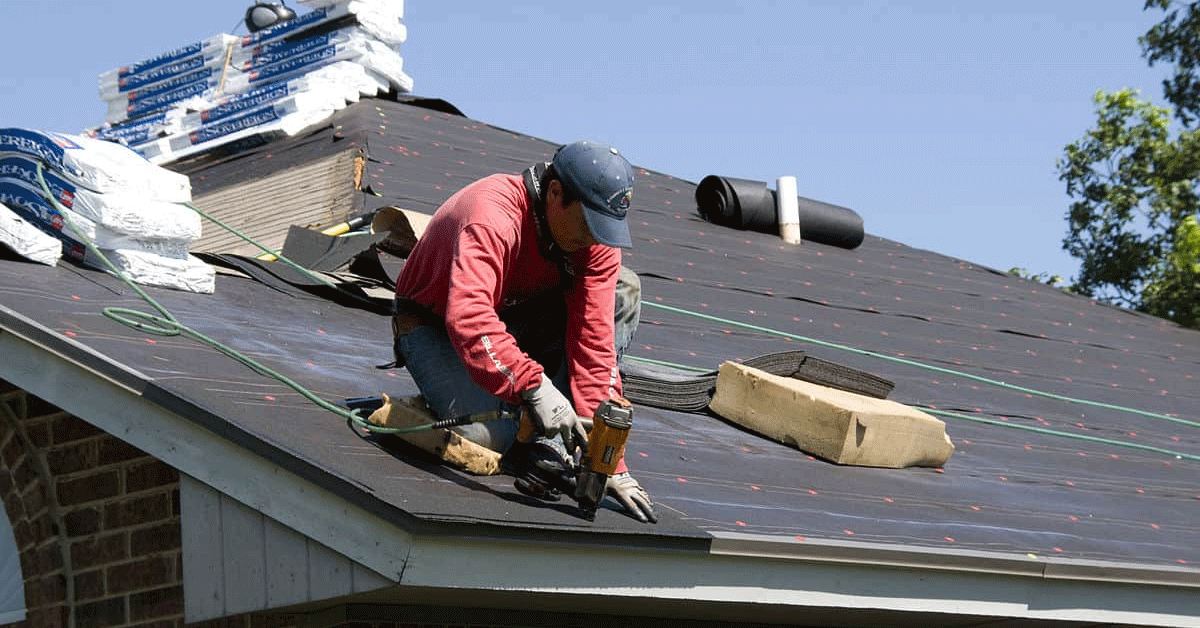
Residential roofing is defined as the installation, construction, and maintenance of roofs on homes, buildings, and other residential buildings. Their services are limited to small residential areas about the needs of residential households.
Commercial Roofing
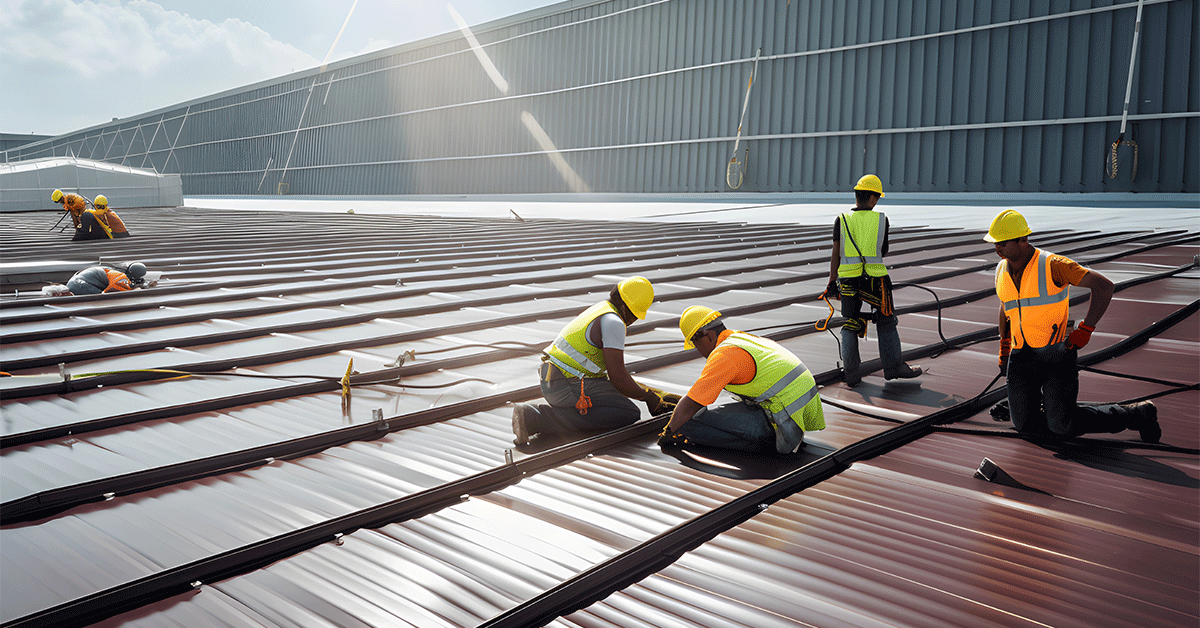
Commercial roofing is defined as the installation, construction, and maintenance of roofs on different types of commercial buildings like offices, warehouses, retail shops, etc. Commercial roofing covers large, expanded areas and deals with the installation of good-quality roofs in the commercial area.
Key Differences: Commercial vs Residential Roofing
1. Roofing Design:
There are a variety of designs used for both commercial and residential roofing systems based on their purposes. When we talk about residential roofing, it can be installed and constructed as per the needs and preferences of the customers. Enhancing the house’s aesthetics and visual attractiveness is the primary goal of design. When it comes to choosing the right kind of roofing design for your roof, several options are available to customers, each with its own merits and demerits. The most popular ones include Shingle, Metal, Tile, Woodshakes, etc. The roofs of residential houses and buildings tend to have a steep slope so that water can run off effectively.
On the other hand, commercial roofing typically has a flat or low-sloped roof to ensure the accommodation of heavy equipment that needs to be handled with due care and attention.
2. Materials Used:
One of the most essential areas of difference is the type of material used.
Commercial Roofing Materials:
Commercial roofs need durable materials for large areas and harsh conditions.
- TPO (thermoplastic polyolefin): reflective, energy-efficient, and chemical-resistant.
- EPDM (Ethylene Propylene Diene Monomer): long-lasting synthetic rubber, weather-resistant, easy to install.
- PVC (Polyvinyl Chloride): fire, chemical, and water-resistant with a long lifespan.
- Modified Bitumen: Enhanced asphalt for low-slope roofs, very durable.
- Built-Up Roofing (BUR): Multiple bitumen layers, very durable against water and UV.
Residential Roofing Materials:
Residential roofs balance aesthetics, cost, and durability.
- Asphalt Shingles: Affordable, easy to install, lasts 20–30 years.
- Wood Shakes/Shingles: natural look, good insulation, needs maintenance.
- Metal roofing is long-lasting (50+ years), fire-resistant, and energy-efficient.
- Slate needs substantial support and is fire-resistant, lasting over a century.
- Tile (clay or concrete): durable, distinctive, fire- and insect-resistant, heavy, and costly.
3. Maintenance Required:
Commercial roofs, often flat or low-slope, require extensive maintenance due to their large surface areas and complex systems like HVAC units. Tasks include cleaning drainage systems, checking for leaks, and ensuring roof coatings are intact. Repairs are typically more extensive and costly due to the scale and complexity involved.
Residential roofs, typically steeper and smaller, are easier and less expensive to maintain. Common materials like asphalt shingles, metal, or tiles need regular inspections to spot missing or damaged shingles, flashing issues, and gutter blockages. Although less complex, they still require regular upkeep to prevent minor issues from escalating.
4. Installation Complexity:
Installing commercial roofs is complex due to their size and material variety. The process demands specialized knowledge to manage drainage and involves multiple layers, insulation, and sealing techniques for durability and energy efficiency. Rooftop equipment adds to the complexity, necessitating careful planning and execution.
Residential roof installation, though skilled work, is generally less complex. Common materials like asphalt shingles are easier to install. The steep pitch aids in natural water runoff, reducing the need for complex drainage solutions.
5. Overall Cost:
The cost may vary depending upon several factors, including the costs incurred on material, labour, and other overheads. It is evident from the above factors that commercial roofing projects incur a greater total cost in comparison to residential projects due to large-scale operations and a higher cost of installation. Not only this, in the case of commercial roofing projects, the contractors are required to comply with several industry standards, which makes the process more cumbersome.
On the other hand, residential roofing projects are less costly in comparison to commercial roofing since the installation is limited to small residential areas, which require less material, labour, and overhead expenses. In the case of residential roofing, the overall cost depends on the requirements of the clients.
Working with Experienced Commercial And Residential Roofing Contractors:
Working with experienced commercial and residential roofing contractors offers significant advantages, ensuring high-quality and long-lasting results. These professionals have extensive knowledge of various roofing materials and techniques, allowing them to recommend the best solutions for your specific needs, whether it’s asphalt shingles for homes or TPO membranes for commercial buildings.
Experienced roofers are skilled at identifying and addressing potential issues that might not be apparent to less seasoned contractors. They conduct thorough inspections, providing preventive maintenance advice that can save substantial costs on future repairs. This proactive approach ensures your roof remains durable and resilient against weather and wear.
Safety is the first priority in roofing projects that deal with working at heights and handling equipment. Seasoned contractors strictly adhere to safety protocols and use appropriate protective gear, minimizing the risk of accidents and liability issues.
Efficiency and reliability are other key benefits. Experienced roofers manage projects effectively, adhering to schedules and coordinating seamlessly with other contractors. Their established relationships with suppliers help in obtaining materials quickly, avoiding project delays.
Moreover, professional contractors assure you and offer you a warranty on their work to provide you with peace of mind. This guarantee means that any issues arising after installation will be promptly addressed at no extra cost.
Tips Before Choosing A Good Roofing Contractor
- Credentials and Insurance: Verify licenses, certifications, and insurance coverage (both liability and workers’ compensation).
- Local Reputation: Seek references from neighbors, friends, or local associations to gauge reliability and trustworthiness.
- Experience: Working with an experienced professional can prove to be beneficial for people, as with greater experience comes a greater degree of strength to handle adverse situations.
- Detailed Estimates: Obtain written estimates that detail the scope of work, materials, labour costs, and project timeline.
- Warranties: Review warranties offered for materials and workmanship to ensure adequate coverage for potential issues.
- Views and Ratings: Check online reviews, ratings on platforms like the Better Business Bureau (BBB), and customer feedback to assess satisfaction levels.
- Compliance: Ensure the contractor meets local building codes, regulations, and permit requirements.
- Communication: Choose a contractor who communicates clearly, listens to your concerns, and provides prompt responses throughout the process.
By considering these points, you can make a more informed decision when selecting a roofing contractor for your project.
Conclusion
To summarise the above difference, both residential and commercial roofing stand on the common ground of providing protection, but apart from this, both of them vary significantly in terms of their lifespan, functionality, durability, materials used, and overall cost. Where residential roofing is concerned with aesthetic appeal and satisfying customer needs and wants, commercial roofing gives more significance to durability and functionality and incurs a huge cost for its installation.

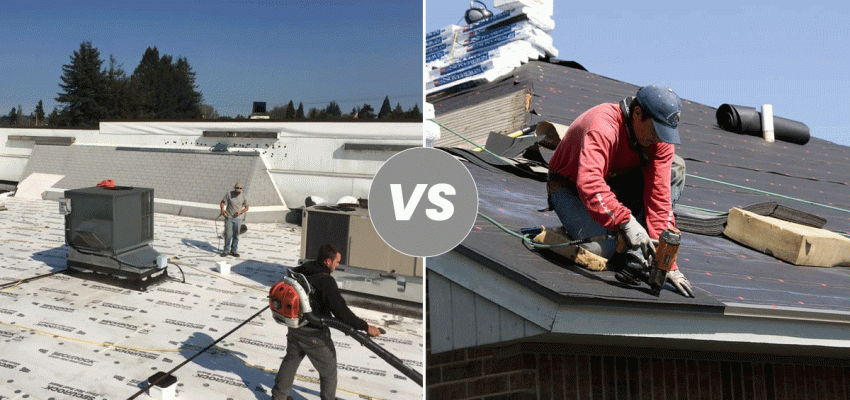

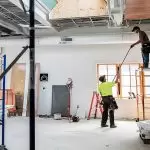

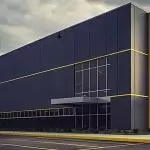

















Post A Comment